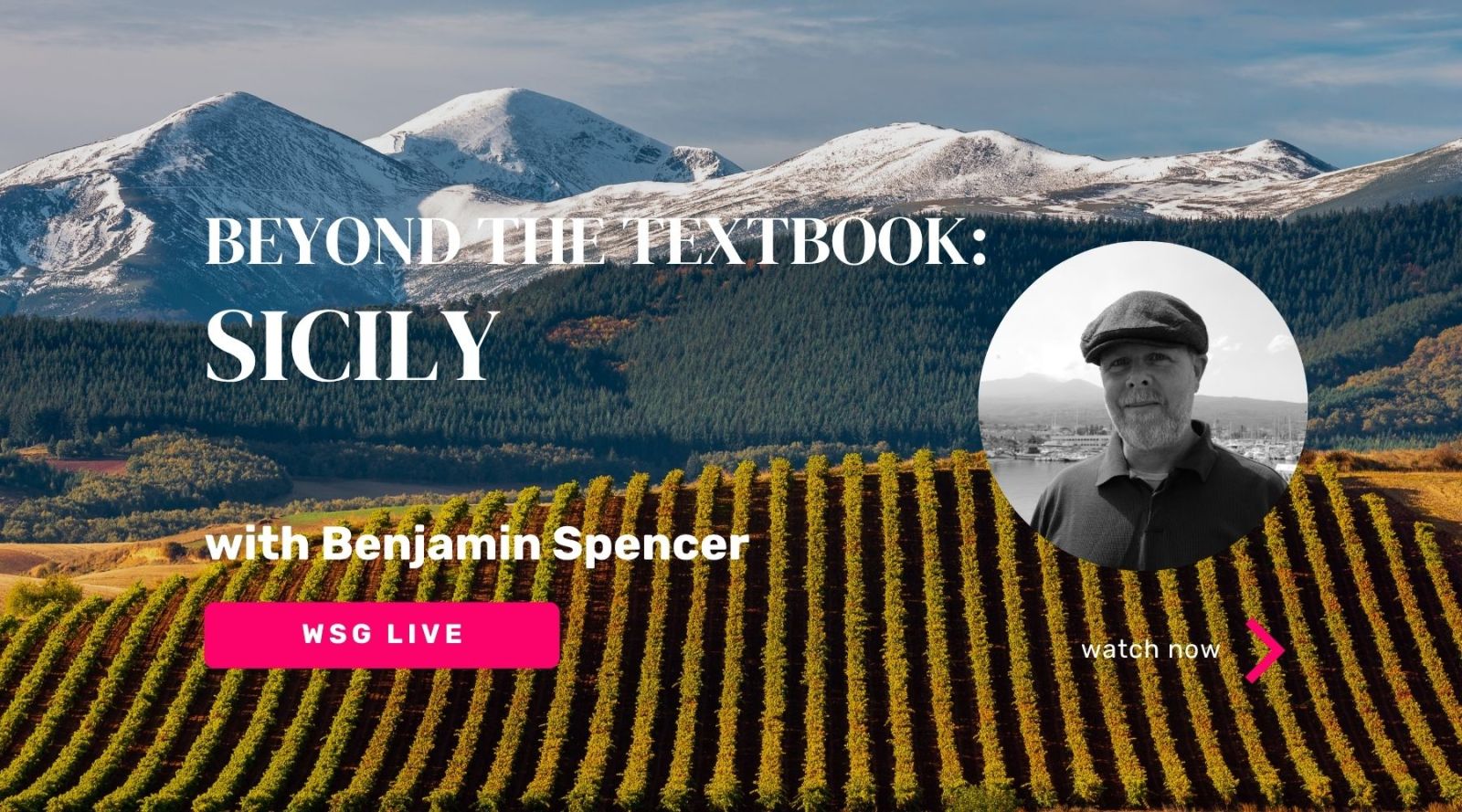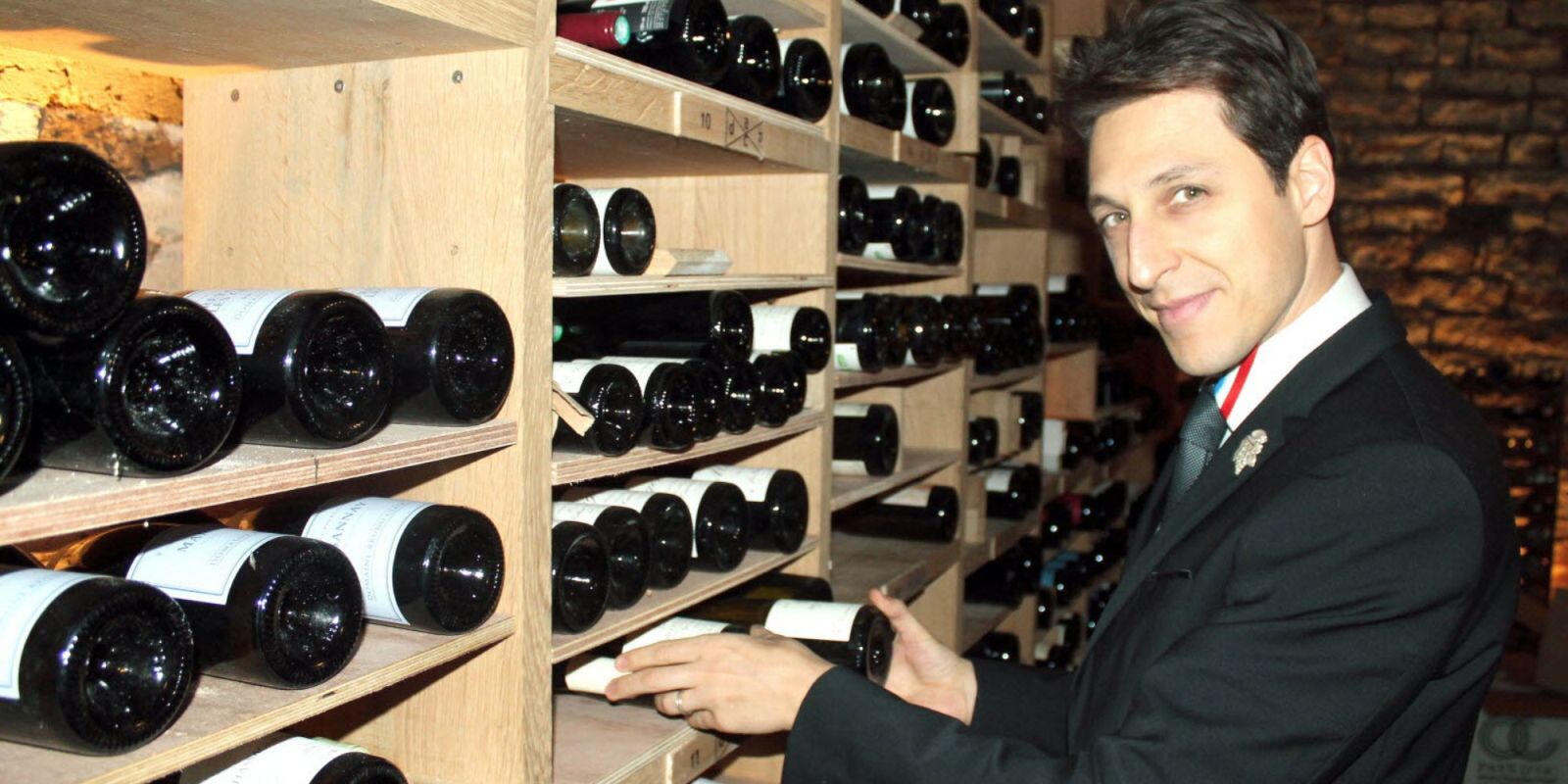BLOG
Ten reasons why old vines are more important than ever
Randy Caparoso
Wine Fundamentals

WSG is proud be the first Educational Partner of The Old Vine Conference. Read more to find out how this dynamic non-profit organization is actively creating a global network of old-vine disciples while raising awareness through education.
The economic and social relevance of old vines is real, but the structure of the global wine industry stacks the odds against the regenerative commercial viability of old vines. The result is that healthy old vineyards of cultural resonance and unique qualitative potential are lost because they can’t be made to pay.
The Old Vine Conference is a non-profit organisation whose aim is to bring together a global network to create a new category for wine from heritage vineyards. The Old Vine Conference works to safeguard old vines of cultural and ecological value by connecting, educating and inspiring the global wine industry through conferences, research, partnerships, tastings and fieldtrips.
1. Wines made from old vine plantings are prized for a certain complexity and depth of flavor. As the age of grapevines increases and roots grow deeper and more extensive, plants gain more access to nutrients and minerals in the soil, and to water during drought years. Older vines typically develop thicker trunks and sturdier arms. It is not uncommon to see vines over 75 or 100 years old trained as free-standing "goblets" or "bushes" with arms that are longer or thicker than their trunks. This is unusual, in a sense, because grapevines are not trees—they are, fundamentally, climbing or creeping plants, but as they become older their fruit can be cultivated almost like that of trees or bushes while retaining a healthy functionality not too different from plants allowed to grow out naturally in the wild.
2. As they reach an advanced age, old vines gain a physiological advantage of greater sap flow than what is possible in thinner, younger vines, allowing the plants to develop a better balance of leaf canopy and fruit, optimal for ripening and more likely to produce high-quality wine. Healthy plant structure also makes older vines less prone than younger vines to disease pressure such as trunk disease and eutypa (the latter, a common "dieback" fungus that kills arms or spurs, shortening the lifespan of plants). Fungal and bacterial afflictions are the major reasons why trellised vineyards are usually pulled up and replanted every 20 to 35 years, whereas single-stake, spur-pruned, head or vertical cordon-trained plants can remain productive for over 50 or 100 years.
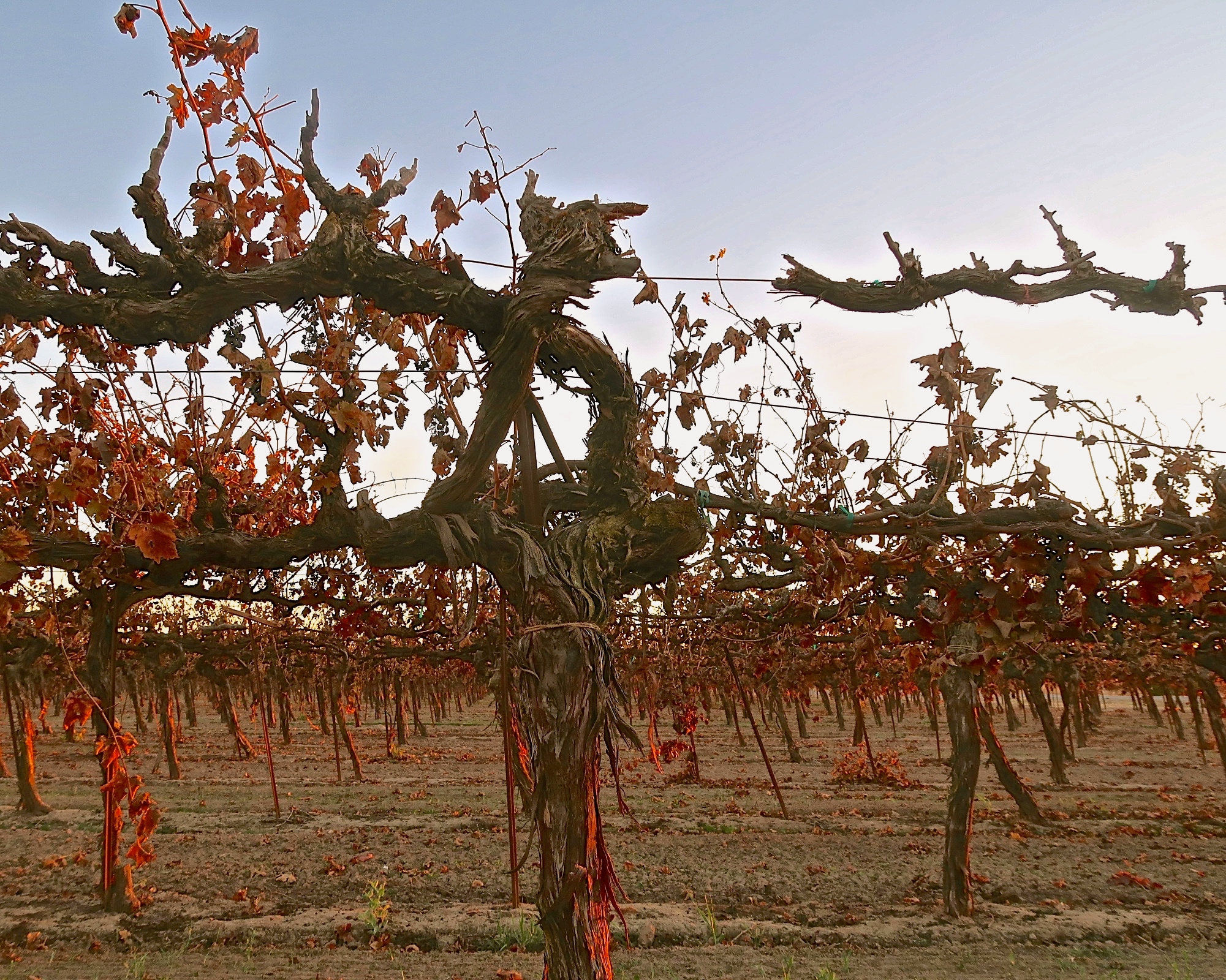
3. It is no coincidence that old vines exist in parts of the world where the environment is naturally conducive to long-term grapevine health and optimal fruit production. These are generally regions of the world possessing a Mediterranean climate—defined by cold, wet winters and hot, dry summers—because wine grapes (i.e., Vitis vinifera) first originated in the Mediterranean Basin, only changing their morphology when crossed with wild vines native to other regions. Older vines are most likely to flourish, that is also to say, in vineyard sites and wine regions most conducive to adaptation—and the best possible wines of the world are always made in the best possible sites.
4. While minerals in soil do not in themselves impart actual flavors to wines through root systems, a sturdier, deeper-rooted vine remains a healthier vine, especially in years marked by challenges such as mega-droughts, flooding, extreme heat or frost, or any of the "once-in-a-century" weather events which now seem to occur every few years as manifestations of global warming. In these conditions, it is the older, deeper-rooted grapevines that remain the most productive, often yielding the highest quality, if not the most interesting, wines, notwithstanding slings and arrows of outrageous fortunes.
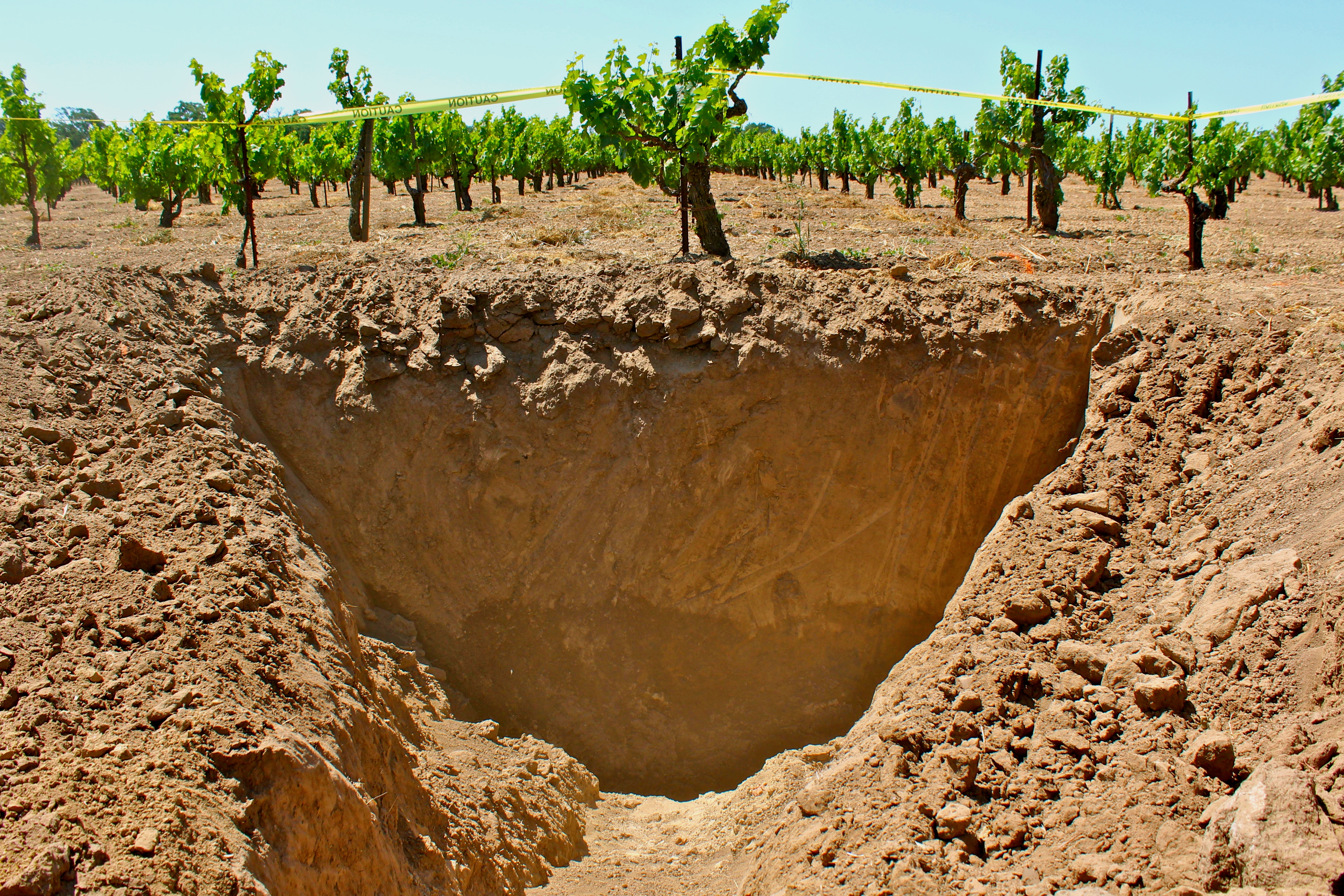
5. Old vines, as a rule, yield smaller crops than younger vines, largely because older plants tend to self-regulate—they have developed a biological instinct to produce only the amount of fruit they are capable of carrying, as a direct response to environmental factors sensed by the vines. When the climate is favorable, they produce more fruit; when challenging, less. There is a common misperception that this results in more concentrated flavor; or in the case of red wines, deeper and darker colored qualities. This is not necessarily true, since grapevines as young as three years old can also produce dark, concentrated wines. Because of their matured plant morphology, however, older vines are more likely to produce wines with sensory attributes reflecting specific vineyards or regions, which are quality factors within themselves.
6. In the world of wines, it is the wines that best express their origin or appellation that tend to be the most highly prized and celebrated. This, again, is not to say that younger vineyards in favorable sites cannot achieve equally lofty status. However, a winegrower is more likely to achieve that with more mature vines; which is why, in vineyards consisting of both old and young vines, fruit from the older plants are often kept separate from those of younger vines (even in vineyards regularly rotated after 35 years), simply because the best wines almost always come from older vines.
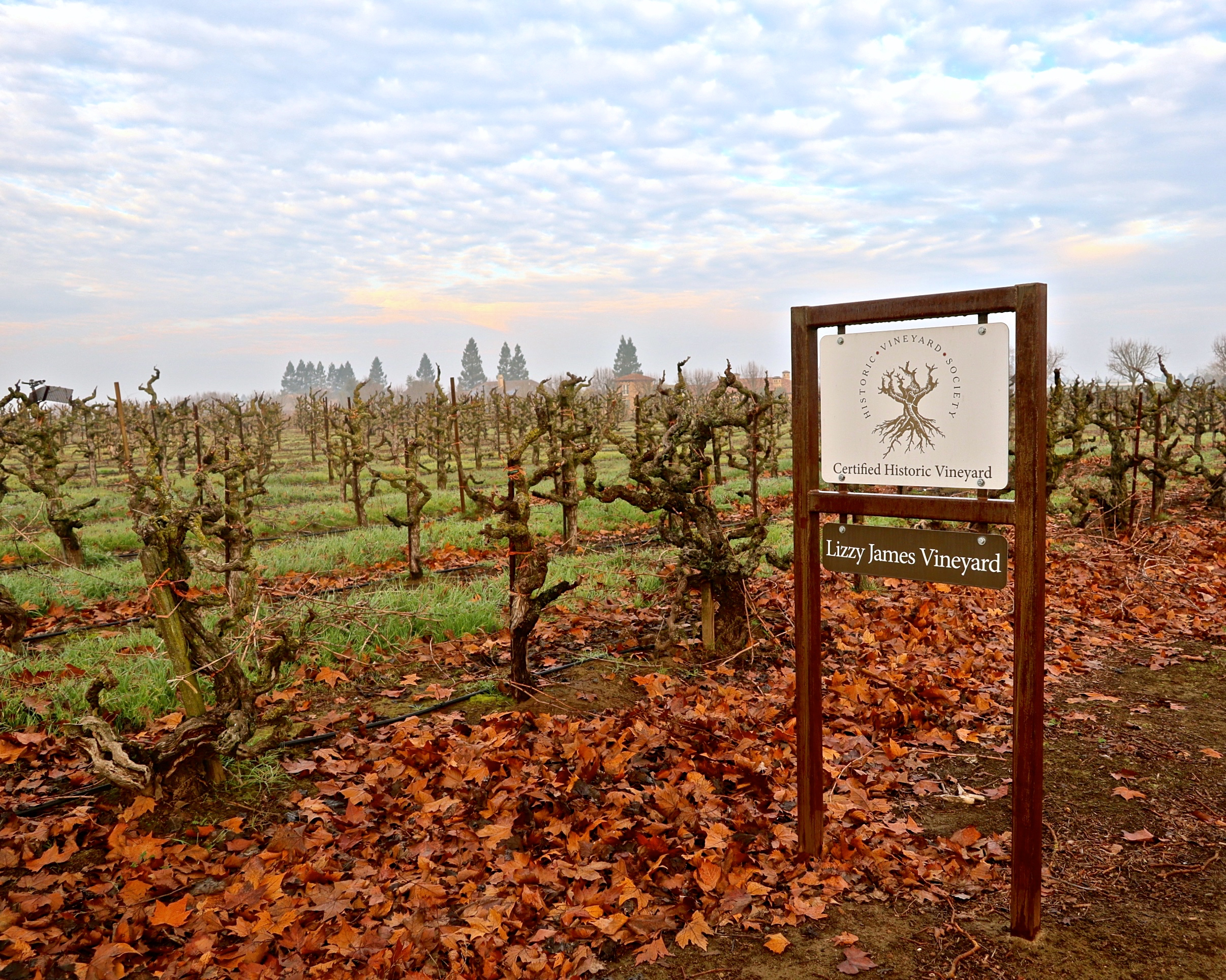
7. The unique sensory qualities of older vine wines—often described in terms of the French word for "sense of place," terroir—are also the reason they are often treated differently in the winery. In France, to use one example, old vine wines are typically aged in extra-large oak vats called foudres, which can be anywhere from three to over ten times the size of a regular-sized barrel (the latter, generally holding 225 or 228 liters). Wines aged in foudres are less likely to absorb the flavor of oak, and this allows the nuances of old vine wines, which can be subtle, to predominate in the resulting wine. In the U.S., many wineries specializing in old vine wines use "neutral" barrels—that is, regular-sized barrels that have been used three, four, or more times before, thus imparting less oak flavor to the wine.
8. While old vine viticulture has always been appreciated in Europe, where winemaking traditions go back millenniums, in recent years the appreciation and commercial value of old vines have been rising in New World wine regions such as California, South Africa, Australia ad South America. The winemakers who work with these vines have come to a deeper understanding of the unique attributes and nuances possible in grapes from mature vineyards, and are learning the best ways to coax out the sensory qualities through techniques such as fermentation employing native yeast (as opposed to laboratory cultured yeasts). Native yeasts, which occur naturally on the skins of grapes, are now recognized as being just as much a part of an old vine site as its particular soil, climate, or how grapevines are cultivated. This is why old vine winemaking is now often associated with "natural" winemaking—it just makes sense to craft old vine wines with a philosophy based upon restraint or minimal intervention, giving old vine sites a chance to express themselves more fully in the bottle.
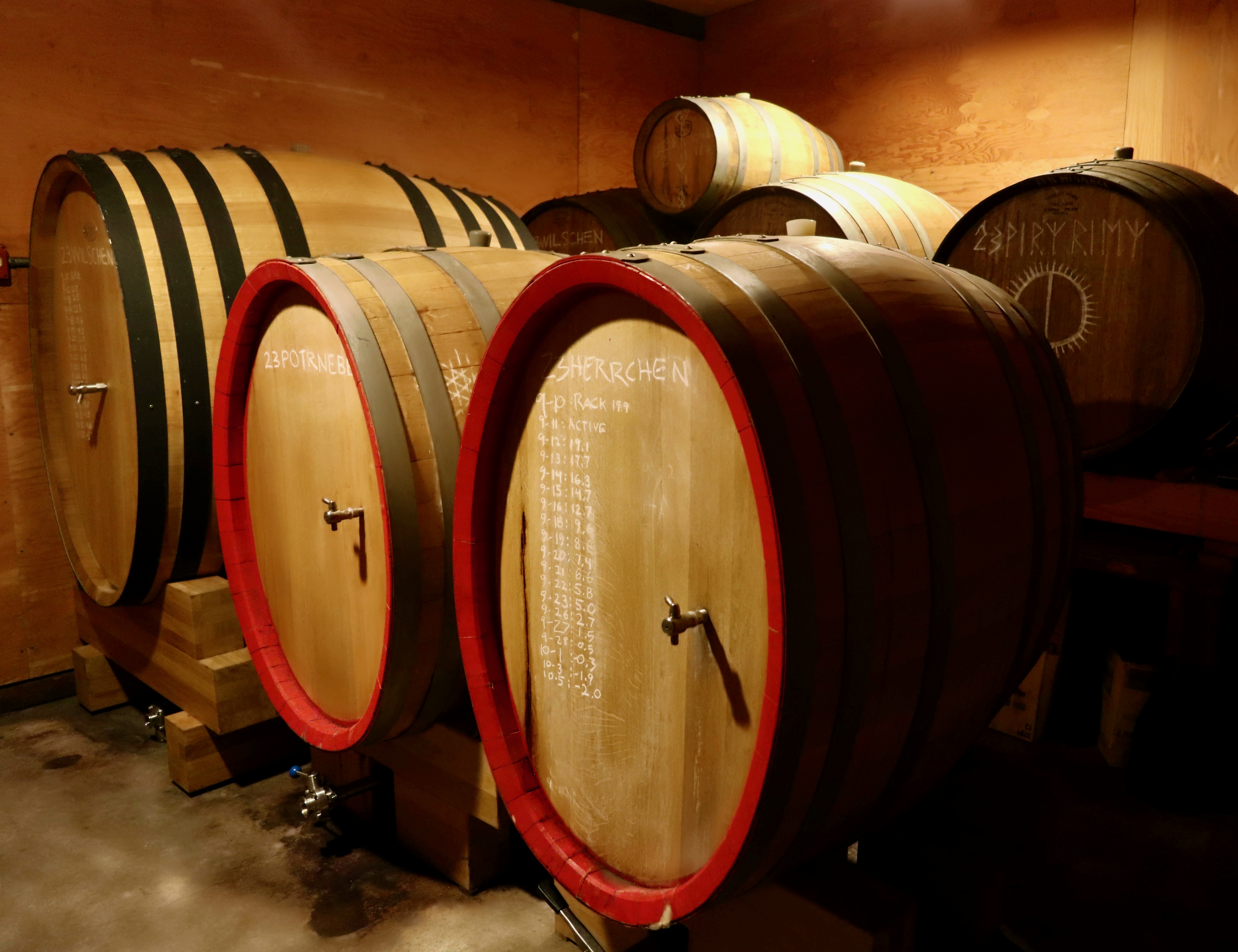
9. In addition to their distinctive qualities, old vine wines are also justifiably valued for their rarity and historical significance. In many cases, old vine plantings are owned and farmed by conscientious custodians, or often the exact same families who planted the vineyards, for as long as the age of the vines, over numerous generations. These special vineyards become emblematic of the culture of specific regions, be it Sonoma County or Lodi in California, Barossa Valley or McLaren Vale in Australia, or South Africa's Swartland or Stellenbosch. In California, old vine sites can now be officially recognized by a nonprofit group called the Historic Vineyard Society, and there are now similar organizations in other wine regions around the world.
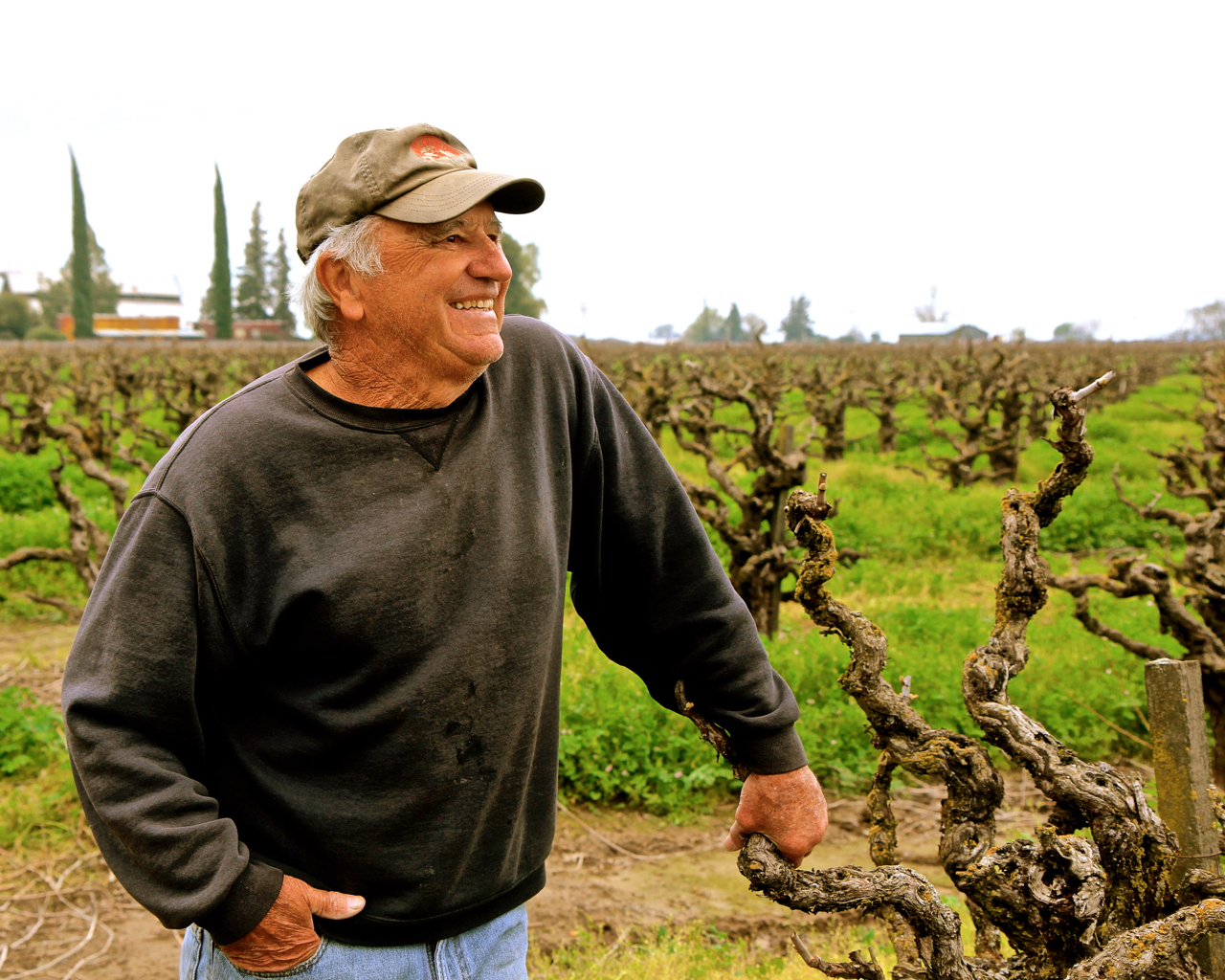
10. The appreciation of an old vine wine can be just as much a way to connect with the past and to celebrate an enduring art form, not much different from listening to the music of history's greatest composers, or reading the literature or gazing at the art of past masters. There can be more to a glass of wine than just an alcoholic beverage that happens to be well-made. If it is a wine made from old vines, you can also delineate the distinctive character of a specific, historic place, and the heroism of farmers who happened to have the foresight to keep old vines in the ground, rather than tearing them out and starting all over because it is commercially convenient.

